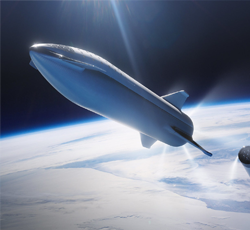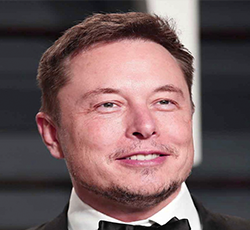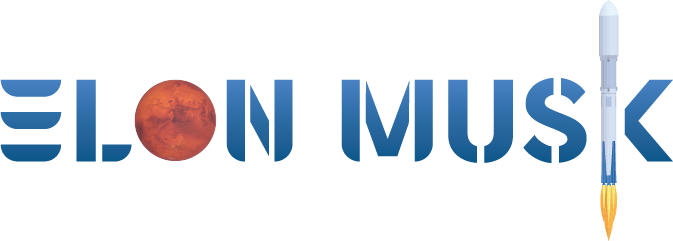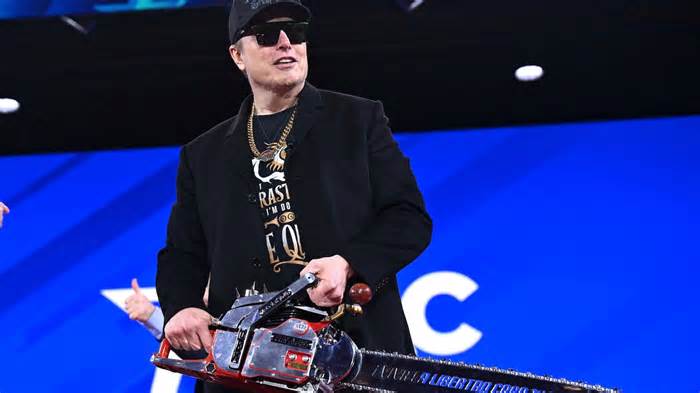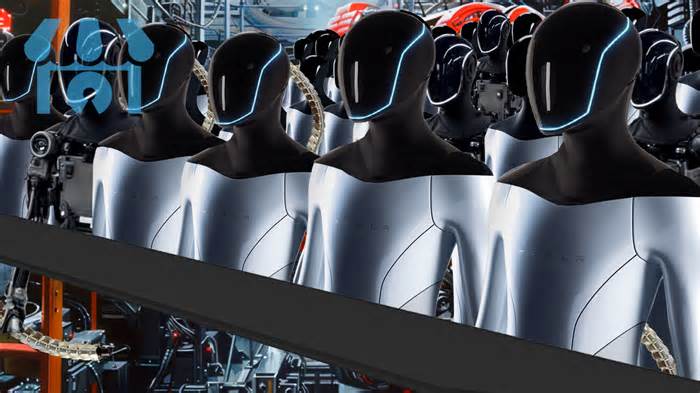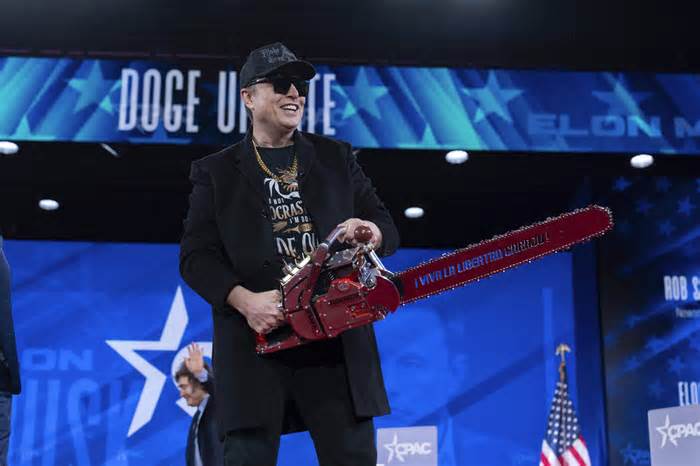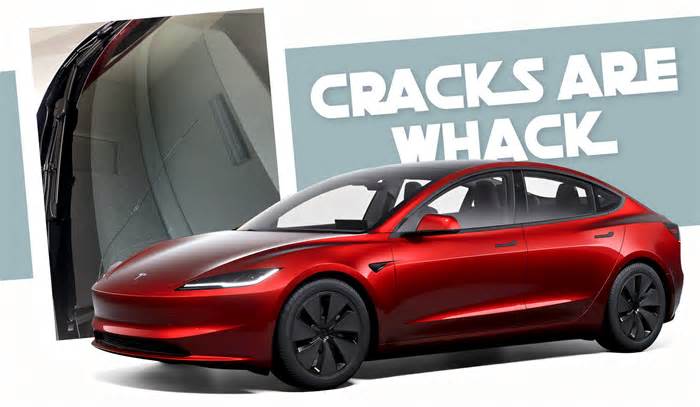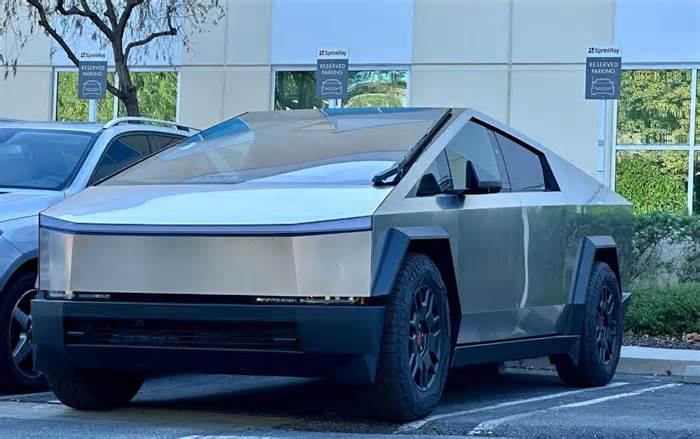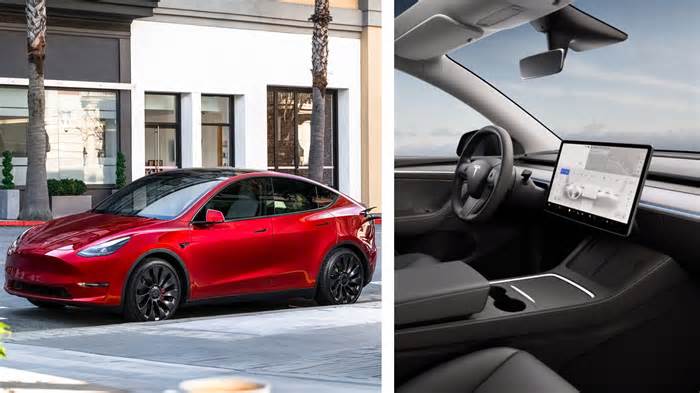
Tesla's Autopilot keeps crashing into parked cars. Here's why.
- by Mashable
- Feb 15, 2024
- 0 Comments
- 0 Likes Flag 0 Of 5
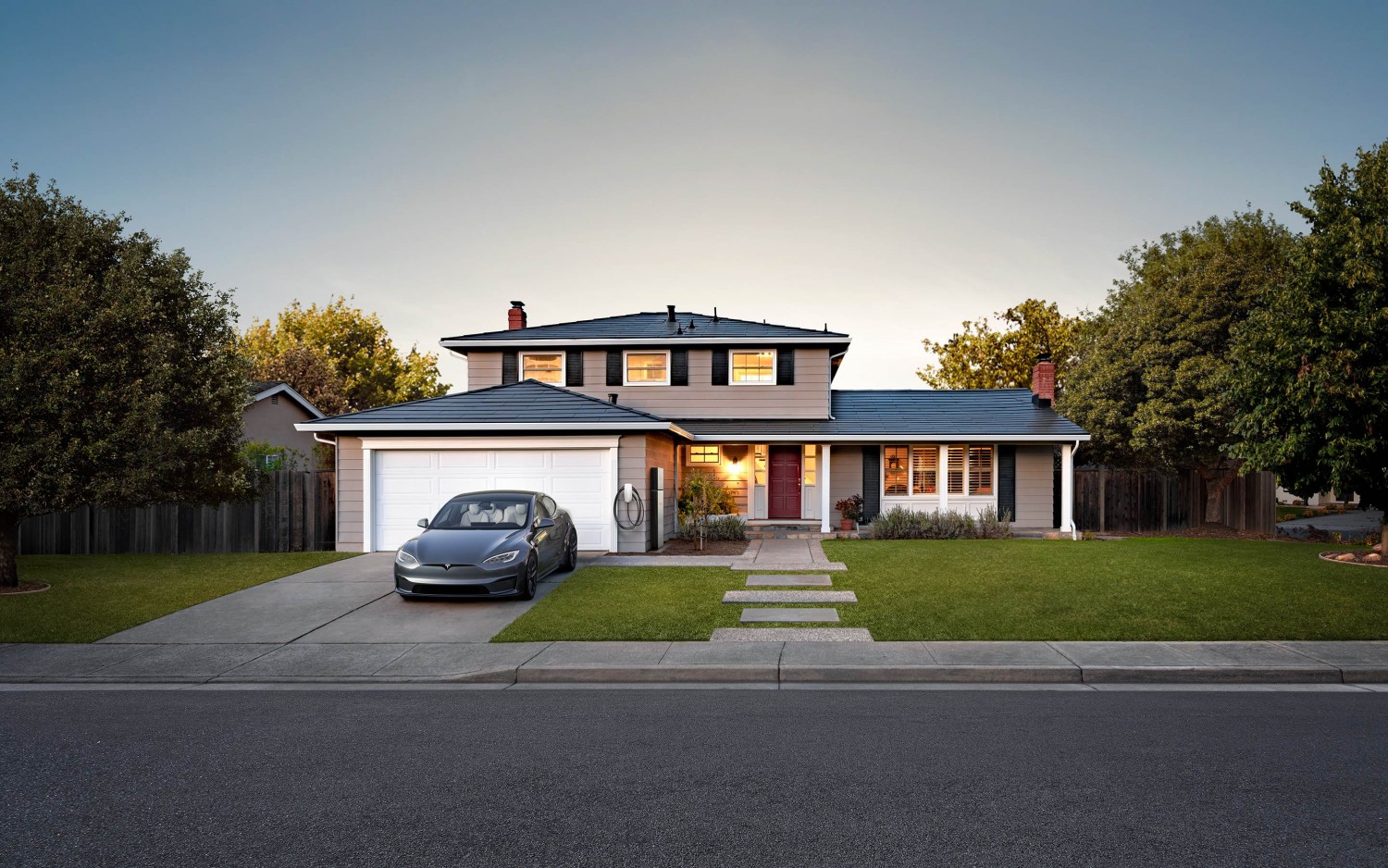
Another week, another Tesla crashing into a stationary vehicle that just came out of nowhere.
But that's the thing. The electric car's semi-autonomous driving assistance feature, known as Autopilot, has this very situation — parked cars seemingly coming out of nowhere — written into the manual. It's a known limitation of the driver assistance tool.
SEE ALSO: Sign Me Up
By clicking Sign Me Up, you confirm you are 16+ and agree to our Terms of Use and Privacy Policy.
Thanks for signing up!
Autopilot doesn't mean you can just sit back, relax, and take your hands, eyes, and mind off the road and wheel.
Autopilot doesn't mean you can just sit back, relax, and take your hands, eyes, and mind off the road and wheel.
Some people think Autopilot is "more sophisticated than it really is" and some companies (and media outlets) oversell what these semi-autonomous features can do, University of Iowa engineering professor Daniel McGehee, director of the National Advanced Driving Simulator, told me in a conversation about eroding faith in self-driving cars last week. "So people tend to think this technology is here today," he said.
It's still very much partial assistance, with lane keeping, automatic braking, and other features that work only in certain environments. The warning system needs to improve if it's going to be a reliable driving tool. "We’re going to have to build safety measure that do more than shake the wheel" — or similar warnings about oncoming danger — said corporate strategy lead for transportation Jeremy Bennington from test solutions company Spirent Communications. "We just can’t have these cars running into stationary emergency vehicles."
Bennington called for more and more autonomous testing so eventually "we can move where the driver really is out of the loop." But until then, Autopilot isn't fully autonomous, even if it's treated like it is. That's what happened when a driver was on her phone, had her Tesla in Autopilot, and hit a parked fire department vehicle in Utah earlier this month.
Back in January, a Tesla Model S crashed into a parked Culver City fire truck on the freeway in Southern California. Same situation: fast freeway driving with Autopilot on when a truck responding to a traffic incident up ahead was parked and blocking the road. Autopilot couldn't handle the situation quick enough.
Consumer groups brought up limitations of Autopilot's capabilities in a letter to the Federal Trade Commission last week. They called Tesla's autonomous feature "dangerously misleading and deceptive." Instead of focusing on and educating about its partial capabilities, Tesla makes Autopilot seem like a fully autonomous tool through marketing, advertising, company statements, and online content, consumer advocates say.
That's not the first time Tesla's been under fire for pumping up expectations of Autopilot. Back in 2016, Germany called out the company for claiming the cars could drive themselves more than they really could in Autopilot mode.
That's not the first time Tesla's been under fire for pumping up expectations of Autopilot.
As with most new technology, Washington University in St. Louis engineering professor Sanjoy Baruah says our expectations are too high. "Users are still trying to get a feel for what it’s supposed to be doing for us," he said about Autopilot and other self-driving tools. And while Autopilot may not be able to handle this basic driving scenario with emergency vehicles blocking the road, Baruah sees how automated tech can be a life-saver for sleepy, distracted, or inebriated drivers. It's a balancing act that we'll eventually get the hang of — and the technology will improve, too. "It's new things we are learning to come to terms with," Baruah said.
In a more solutions-oriented look at the semi-autonomous problem, Sumanta Chakraborty, product management director for automotive marketing at Nuance Communications, thinks voice warnings could bridge human drivers with the machines.
"Modalities other than voice –- such as visual, auditory and haptic -– are also important in the car, but voice provides an instantaneous way for drivers take over as the supervisor in a smooth way that humans are wired to understand," he said in an email.
Try as it might to explain that Autopilot is only semi-autonomous and still requires full driver attention, Tesla has more explaining to do until it becomes clear for drivers. Until then, they'll keep crashing into parked cars — or worse.
UPDATE: May 31, 2018, 11:53 a.m. PDT Additional commentary included within the article.
Featured Video For You
Please first to comment
Related Post
Stay Connected
Tweets by elonmuskTo get the latest tweets please make sure you are logged in on X on this browser.
Sponsored
Popular Post
tesla Model 3 Owner Nearly Stung With $1,700 Bill For Windshield Crack After Delivery
35 ViewsDec 28 ,2024
Middle-Aged Dentist Bought a Tesla Cybertruck, Now He Gets All the Attention He Wanted
32 ViewsNov 23 ,2024





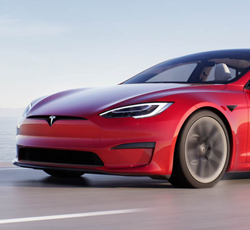
 Energy
Energy